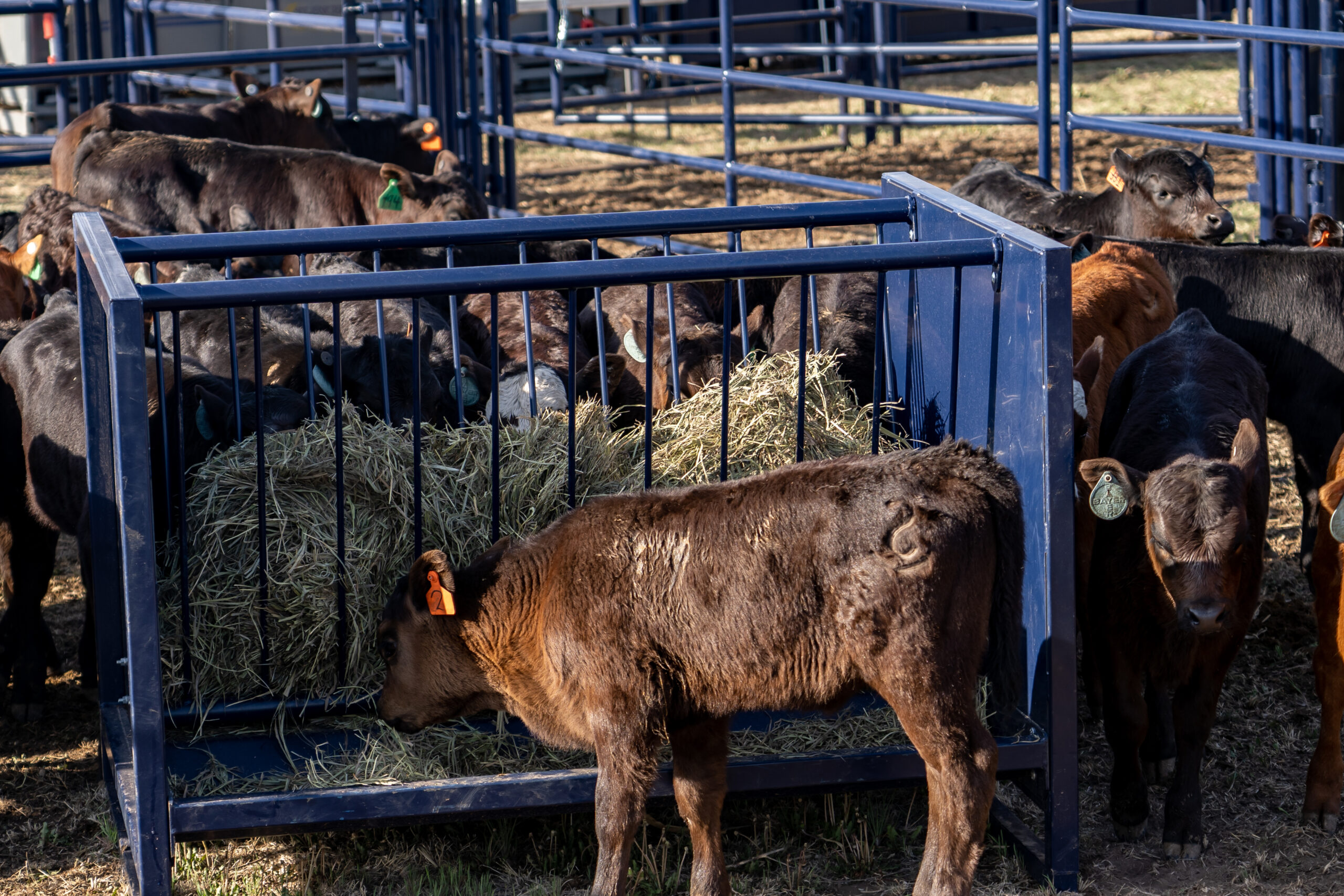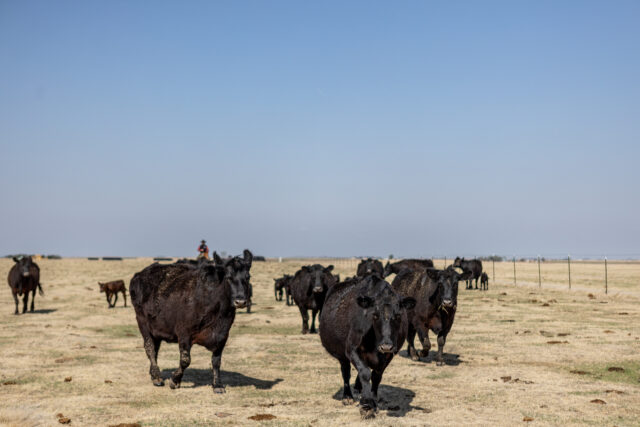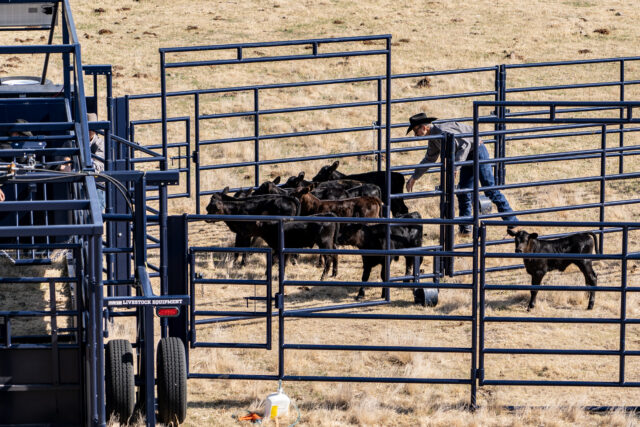
1.9.23
Tips for Managing Your Herd During a Drought
with Dr. Tera Barnhardt, DVM, MS
When we’re staring down the barrel of another drought year, there will be difficult decisions on the ranch. When feed is expensive and scarce, we must work smarter with our resources. Being aggressive and progressive with a few management decisions might make you look at your ROI with different eyes.
Tip #1 for managing your herd during a drought – CULL HARD
Nobody wants to send cows to town, but realizing when an animal will no longer be an asset to your operation and immediately acting on that is the single most profitable decision you can make.
A reduction in your stocking rate makes your feed sources go further with more productive animals – cull old cows, cows that lost their calves, and cows that are too late in your desired calving window.
Mark the cows you are going to cull…and actually cull them! There are a few cows that seem to slip through every year. Don’t be afraid to get aggressive and stick with the plan.
Tip #2 for managing your herd during a drought – CHECK FOR PREGNANCY EARLY
Spring calving herds often pregnancy check in late summer or fall. However, I challenge you to move that up during dry conditions because early pregnancy diagnosis gives you the decision-making power you need for a profitable ranch.
Early checks allow you to make timely decisions regarding nutrition needs, marketing plans, and gather more information on your cows. For example, capturing a weight in the spring on your cows enables you to calculate fall and winter feed needs more accurately. Then, you could market those open cows when the price is favorable and make better use of your summer grass. You’ll also make your veterinarian a little happier! For example, an early ultrasound allows me to do a more accurate job of fetal aging, detecting multiples, and even sexing the fetus.

Tip #3 for managing your herd during a drought – NARROW YOUR CALVING WINDOW
You are the expert on exactly how much labor it takes to pull off a successful calving season. Narrowing your calving window helps with labor needs, but it will also improve your profitability.
Nutritional needs during the trimesters of pregnancy are very different. A cow’s profitability decreases if she calves outside your ideal window because A)she will wean a smaller calf that doesn’t fit with the group or B) costs you more in additional feed and yardage due to lagging age. Therefore, feeding cows set to calve outside the ideal window can lose you money.
Tips for determining an ideal calving window
Start a 21-day calving period exactly 285 days after the bulls go in. The intervals of calving distributions are 21 days because of the length of the estrous cycle of a cow. Ideal calving windows for herds look like this:
- 2/3 of your mature cow herd calves by the end of the first 21-day interval (285 days after bulls in).
- 2/3 of what is left should calve by the end of the second 21-day interval.
- By the end of your third 21-day interval, 96% of your herd needs to have calved.
At the end of the day, using these tips for a shorter, more defined calving season increases profitability and decreases headaches when managing your herd during a drought.
Meet Dr. Tera Barnhardt
Dr. Tera Barnhardt is a consulting veterinarian with a master’s in Science (from Kansas State University – GO CATS!) who specializes in animal welfare and research for feedyards, dairies, and cow-calf operations.
A busy mother of three and small business owner, Dr. B. is passionate about educating others in the beef and livestock industry about animal health and taking an active role in her community.
Follow Dr. B on LinkedIn, Twitter, or Instagram to keep up with the latest news & information about #beef and so much more!
